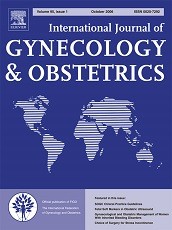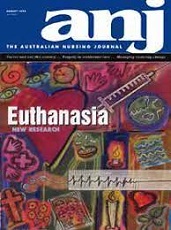Peter J White, Antonio Bernabé-Ortiz

Extract
The correct measure of the public health burden of a discrete event is its incidence: the annual per capita rate of occurrence of the event of interest in the relevant population group. As we reported, the incidence of induced abortion in Peru is as high as, or higher than, the incidence in Britain and the United States, but in Peru this practice is illegal, performed clandestinely and potentially unsafe. . . .he is probably correct in his assertion that the legal restrictions in Peru result in relatively fewer pregnancies being terminated in that country than in Britain or the United States; that is, there are more unwanted births in Peru. . . The high incidence of induced abortion clearly indicates a high incidence of unwanted pregnancy.
White B, Bernabé-Ortiz A. (Correspondence) Incidence of induced abortions in Peru (Two of the authors respond). Can Med Assoc J. 2009 May 26;180(11):1133.





